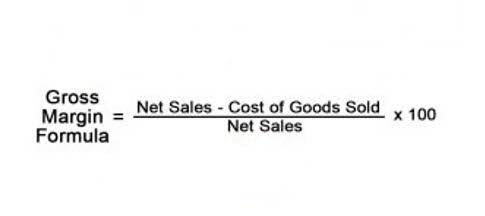
This is important as it helps to ensure that the deposit is credited to the correct account. The name of the account holder is typically located next to the account number. Each bank has its own set of rules for deposited funds, called a funds availability policy. If you are depositing only checks and want some cash for immediate needs, write the amount on the line labeled “Less Cash Received” just below the subtotal line. Subtract the cash you are requesting from the subtotal and put the net deposit amount on the bottom line. If you are depositing three or fewer checks, enter the amount of each check on a separate line.

Endorse Each Check
By being aware of common pitfalls, you can enhance your financial processes and maintain better control over your transactions. Sophisticated ATMs can deposit to your account based on the debit or ATM card you use, and they can even scan cash and checks in real time. This potentially allows the bank unearned revenue to add funds to your account more quickly, although 100% of the money might not be available for immediate withdrawal. Other banks require that you put everything in an envelope and fill out a deposit slip, which a bank employee will use to record your deposit manually. The process of filling out deposit slips varies depending on what you’re doing. For example, cash and checks go in different sections, and getting cash back from your deposit requires an additional step.

Common Mistakes to Avoid While Filling Out Your Business Deposit Slip
- You can use the preprinted deposit slips that come with checks you purchase or counter deposit slips furnished by your bank.
- The deposit slip might also require you to supply your bank’s routing number.
- However, a mobile check deposit is considered a safe and secure transaction.
- A signature is required on the deposit slip as a way of verifying that the person making the deposit is authorized to do so.
An incorrectly endorsed check can lead to delays or rejections of deposits, which can have negative cash flow implications for the business. To further minimize errors, triple-check your entries before submission. Verify that the amounts and transaction details on the deposit slip align with your internal accounting records. A simple reconciliation can save you from potential mishaps that might delay your funds’ availability or result in misapplied payments.
- The total section is the difference between the subtotal and the cash received.
- This can obviously lead to mistakes, and it will take an awfully long time to sort out.
- For credit union members, they can use other credit unions to make deposits if that credit union participate a shared branching with their credit union.
- Write the account number in the pink boxes, writing one numeral per box.
- Understanding how to properly complete a deposit slip not only streamlines your financial processes but also enhances record-keeping efficiency.
Depositing Multiple
And if you’re looking for a new bank, compare banks to find one that’s the right fit for you. Now, ATMs automatically link deposits to your account using your debit card, and online banking provides instant digital records. Teller-assisted deposits are also tracked electronically, so there’s no need for a handwritten slip.
A business deposit slip is used when a business needs to put money into its bank account, detailing the transaction’s specifics, such as date, account number, and amount. You’re managing payroll, keeping customers happy, filing taxes, and, yes, making sure the money actually gets into your bank. One piece gym bookkeeping of paper that still matters, even in our mostly digital world, is the deposit slip. Whether you’re heading to the teller window or teaching a new employee how to do it right, knowing how to fill out a deposit slip can save you time, stress, and even potential mistakes. For cash deposits, count all currency and coins carefully, then enter the total amount on the “Cash” line.
- Consider creating a robust training program for employees who manage financial transactions.
- Making various types of layouts for various transactions is conceivable.
- List each check separately on the deposit slip or use the back of the slip if you have more than the available lines.
- Deposit slips are used when you make a deposit in person at a bank, drop an envelope into an ATM drop box, or mail checks to your bank to be deposited.
- And for Florida small businesses, that’s not optional, it’s survival.
Enter each cash amount, the amount you’re withdrawing (if applicable) and the total amount of cash you want to deposit. Leave it blank if you’re making a cash deposit or enter the check number and amount for check deposits. The deposit slip would assist the bank employee with handling your exchange. You’ll finish up a slip diversely when you store cash into reserve funds or financial records.


Depositing Multiple Checks can be a bit tricky, but it’s actually quite straightforward. You’ll need to list each check and check number on its own line in the designated area how to fill out a business deposit slip on the deposit slip. Writing a check can seem intimidating, but it’s actually quite straightforward. To write a check, you’ll need to include the date of the deposit, your name, the account number where the check is being deposited into, and the amount of each check being deposited. To fill out a TD deposit slip, start by gathering your checkbook and looking for the deposit slip pages, usually found at the back of your checkbook and printed on a different color paper.